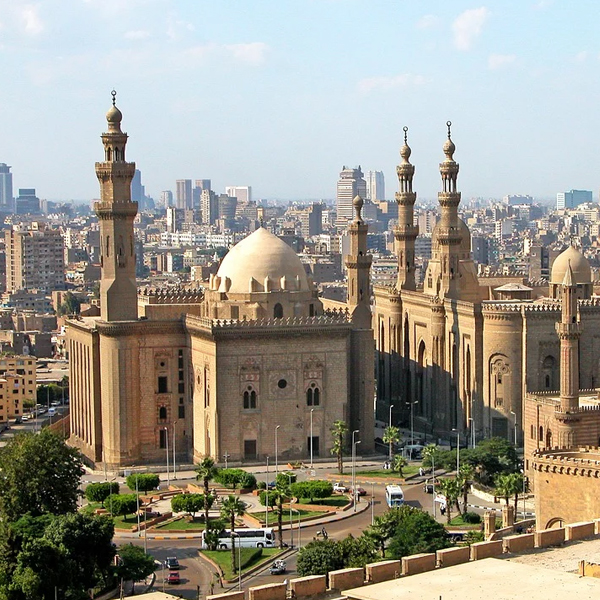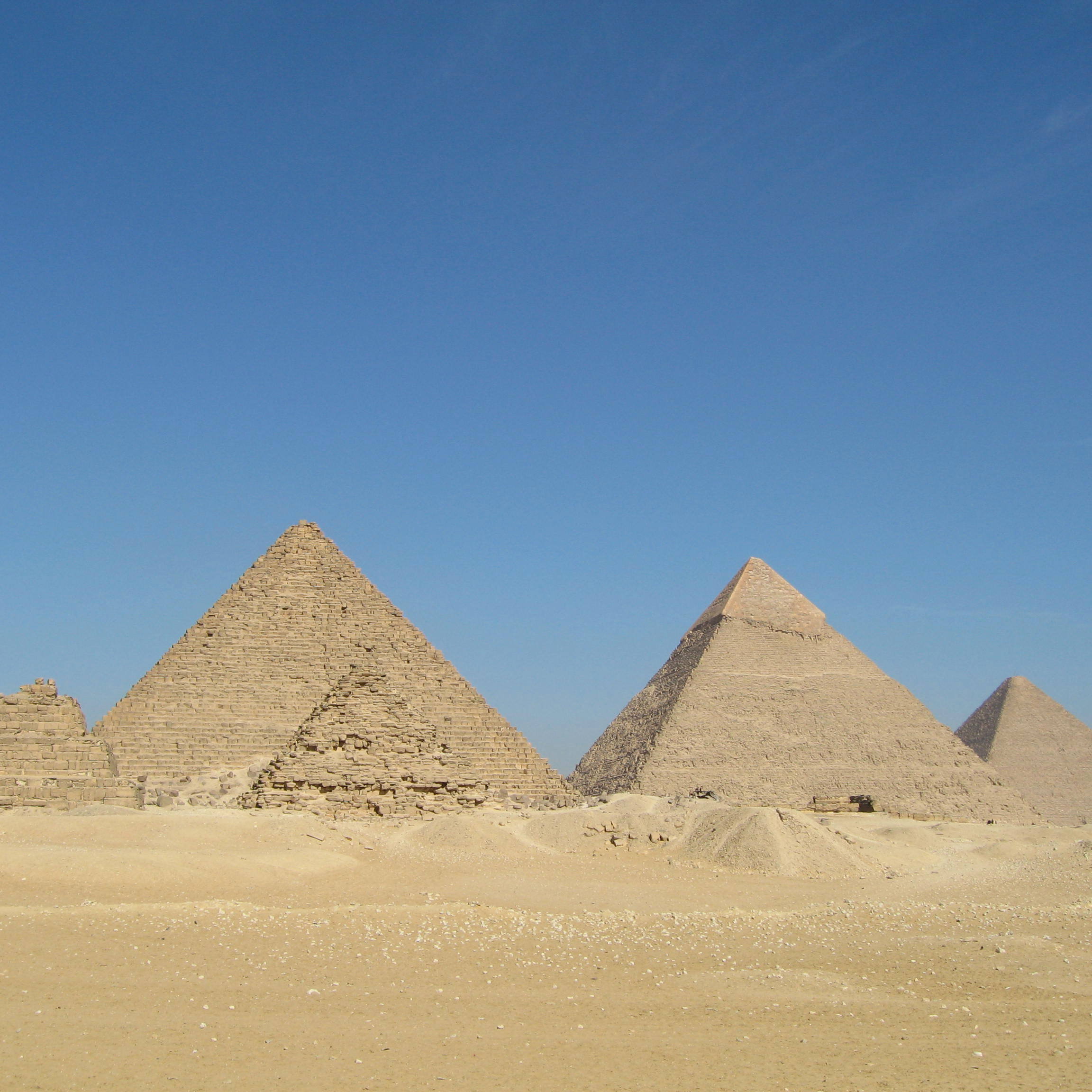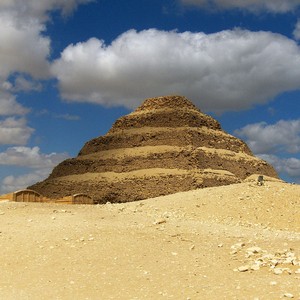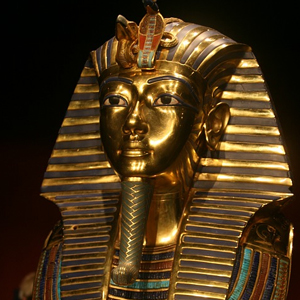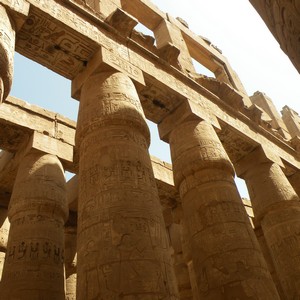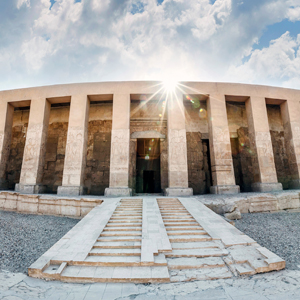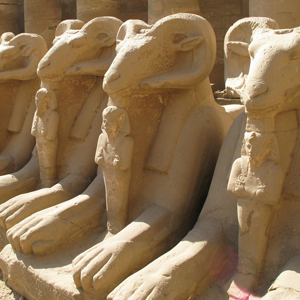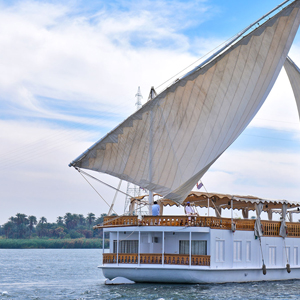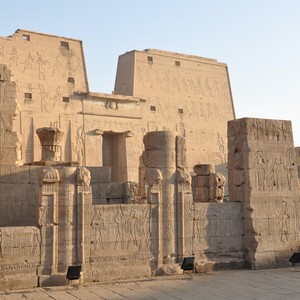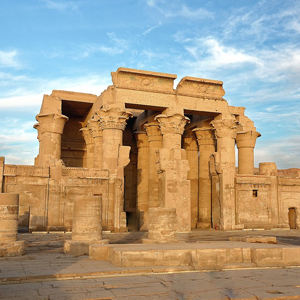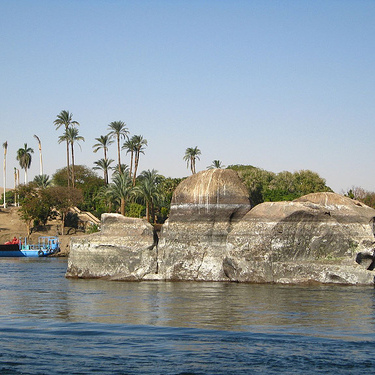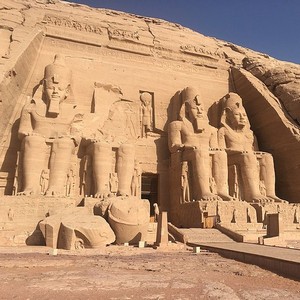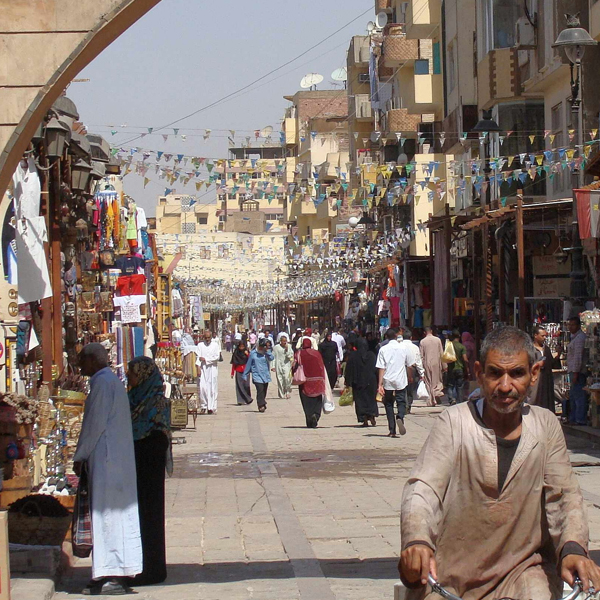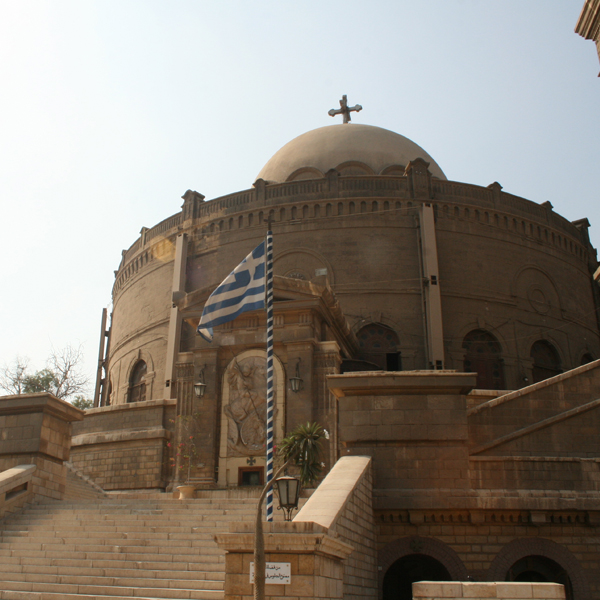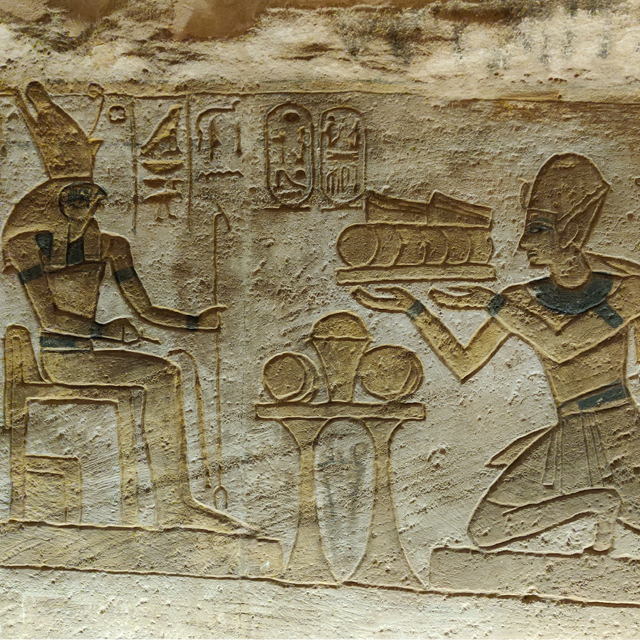Now 843 km away from Cairo, you are at the door of the Nubia region of Egypt. The river widens and reveals islands such as Elephantine Island and Kitchener Island. You will visit the high dam that created Lake Nasser, explore the bazaar, before rounding off with a tour of the museum of Nubia and the temple of Philae.
Option to attend the evening sound and light show at the Temple of Philae.
Fourth night onboard with dinner provided.
Overnight in Dahabiya, River Nile
Meal plan: Breakfast, lunch & dinner
The Nubian people are believed to be descended from one of the earliest civilisations, dating back thousands of years. They are indigenous to northern Sudan and southern Egypt, in the region of Nubia which runs along the Nile. When the Aswan High Dam was built, much of their ancestral land was flooded, forcing an estimated 50,000 Nubians to relocate.
As part of the city of Aswan, Elephantine is a small island surrounded by the waters of the Nile. The island is home to a number of archaeological sites as well as the Khnum Temple, a monument dedicated to the ancient ram-headed God of the same name. In addition to these historical sites, Elephantine is home to the traditional Nubian villages of Siou and Koti, which offer a unique insight into an often unseen aspect of the region’s history.
A small island located on the Nile opposite Aswan and hidden behind Elephantine Island, Kitchener Island is home to the Aswan Botanical Garden. It is named after Lord Kitchener, a British Army officer who was gifted the island when he served as Consul-General in Egypt from 1911-1914. He transformed this island with exotic trees and plants, with many coming from India.
With a surface area of over 2,000-square-miles, Lake Nasser is one of the largest man-made lakes in the world, and extends into Sudan where it is known as Lake Nubia. It formed as a result of the Aswan High Dam, flooding much of Sudan's land around the lake. Before flooding the lake, ancient sites including the Abu Simbel Temple and the Kalabsha Temple had to be relocated to higher ground. For many visitors, the lake offers a unique way to explore the many ancient sites found on its banks.
Situated on an island in the reservoir between the Aswan High and Low Dam, just south of the bustling city of Aswan, the Philae Temple had to be relocated during the building of the High Dam. The temple complex itself is a patchwork of architecture, periodically influenced by Greek, Roman, and Byzantine rulers making their own additions to the temples. The complex consists of an 18m high entranceway with two granite lions guarding the doorway; a main courtyard followed by an inner temple with another magnificent doorway; and the sanctuary, dedicated to Isis.
Overnight in The Orient, Dahabiya .
The River Nile is the longest river in not only Africa, but the entire world, though this fact is disputed by the Brazilian government, who claim the Amazon River is longer. The Nile empties into the Med near the Egyptian port of Alexandria,but not before first plotting a course through an astonishing eleven countries including the length of Egypt itself, Sudan, Ethiopia, Kenya, and of course Uganda, where it starts. Funnily enough, there are two Niles that become one at the North Sudanese capital of Khartoum: the White Nile (source Lake Victoria) and the Blue Nile (bubbling up from Lake Tana, Ethiopia).
